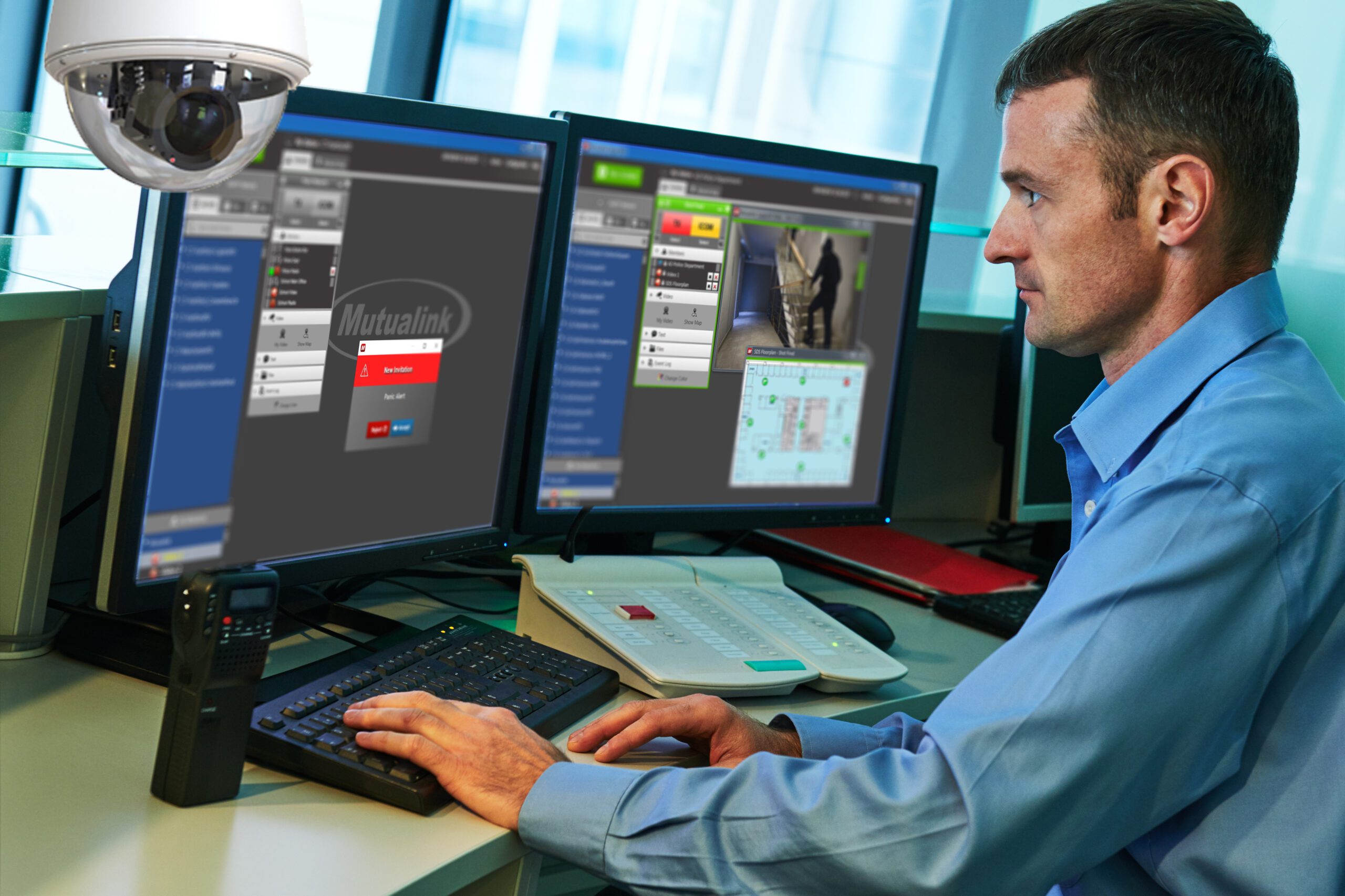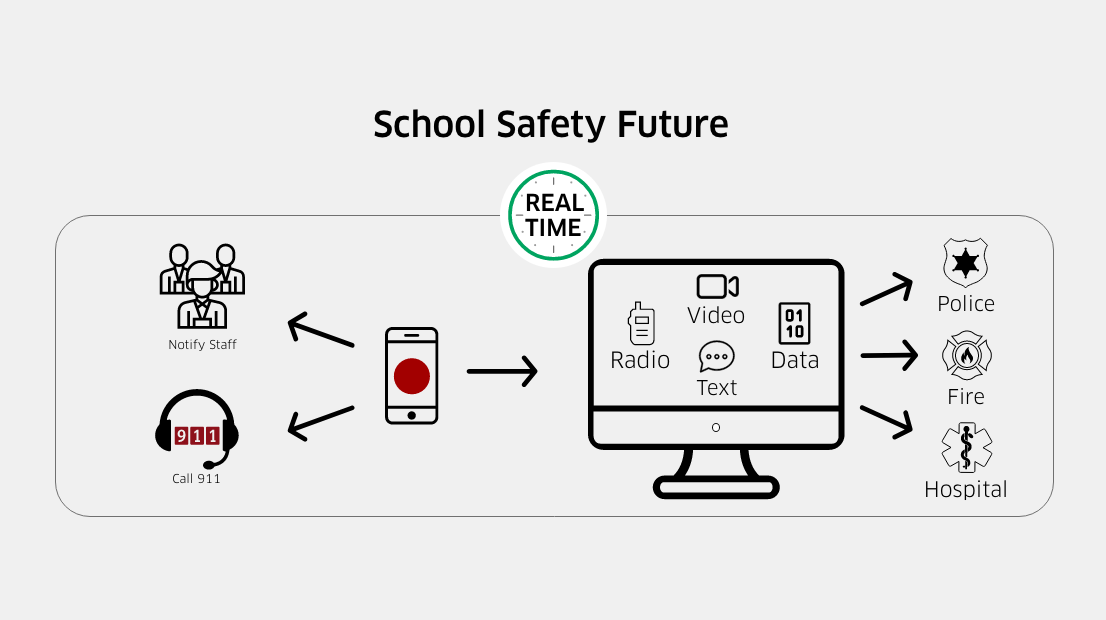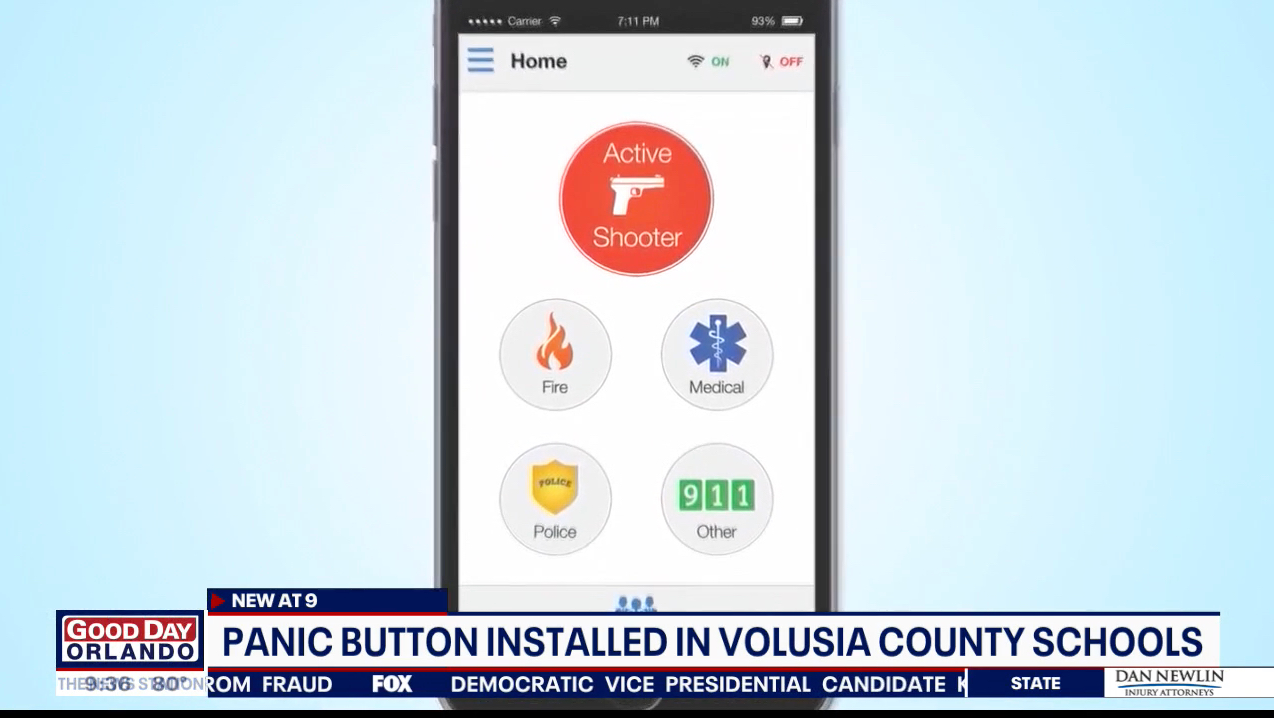By: Donny Jackson from Urgent Communications
New Jersey’s deployable public-safety LTE system will include collaboration software from Mutualink that is designed to ensure local-area interoperability via multiple technologies in almost all circumstances, as well as long-range interoperability when backhaul connectivity is available.
In cooperation with FirstNet, the state of New Jersey this year is establishing a first-responder LTE system comprised entirely of deployable equipment. Mutualink’s media-cohesion solution—demonstrated last fall in the Urban Shield exercise with system-on-wheels (SOW) partner Oceus Networks—will be deployed throughout the system to provide flexible communications, according to Mike Wengrovitz, Mutualink’s vice president of innovation.
“The basic idea of media cohesion is that you get local connectivity in the bubble, and—if you’ve got backhaul—you get local- plus wide-area connectivity,” Wengrovitz said during an interview with IWCE’s Urgent Communications. “Sometimes, especially with deployables, you have a bubble of connectivity provided by the eNodeBs and an [evolved packet core], but sometimes you may not have backhaul. So, when you don’t have backhaul, at least the local clients can connect.
“To complete the story, if the system on wheels also has backhaul—typically through satellite or microwave—to a wide-area network, then these local clients can collaborate with other agencies and entities in New Jersey and across the United States. The nice part of this architecture is that you get some resiliency to disconnections in backhaul. And, when the backhaul is present, you get the local connectivity and the wide-area connectivity.”
Mutualink’s media-cohesion package will be part of all of New Jersey’s SOWs, which includes the evolved packet core (EPC) necessary to make LTE function properly, in a deployable collaboration node, Wengrovitz said. In addition, the solution will be used as a tactical collaboration node—a rugged portable case that connects to a SOW via Band 14 LTE and can serve a command center at a scene.
Connectivity to the system can occur via LTE, Wi-Fi or a wired connection, Wengrovitz said.
“The Band 14 clients, of course, can be much farther away that those that are dependent on Wi-Fi connectivity, but media cohesion supports both kinds of clients collaborating with each other,” he said.
But the collaboration capabilities are not just limited to modern broadband gear, Wengrovitz said. Interoperability also can extend to existing LMR networks, he said.
“This is quite similar to the technology that Mutualink has been developing for years now that has been installed in other parts of New Jersey,” Wengrovitz said. “The notion of having local clients collaborating with each other is based on a technology we call Edge, which is deployed elsewhere on fixed networks inside of New Jersey and with other customers.
“What’s new here is the fact that we’ve taken the existing technology and attached it to this type of connectivity. We believe that provides good value for FirstNet and FirstNet deployable systems, because it enhances the collaboration of local clients with clients across the wide-area network … This solution achieves the best of both worlds—interoperability with existing LMR systems, as well as the mobility and security that you get with FirstNet.”
In addition to the company’s work with deployable equipment, Mutualink’s solution is also part of the public-safety LTE network in Harris County, Texas, which utilizes fixed base stations, Wengrovitz said. Learning the capabilities of both the fixed and deployable systems promises to be important to FirstNet, he said.
“It’s a complementary thing, to be able to put the wireless system wherever you need it dynamically,” Wengrovitz said. “It’s an interesting idea, and different states are trying different things out. Texas has got the fixed [LTE network], New Jersey has got the deployable one, and we’re in the position of bridging these things together, which we hope is exciting for the industry and good for the end users.”
About Mutualink
Mutualink, Inc. has developed an interoperable communications platform that enables community-wide multimedia sharing of radio, voice, text, video, data files and telephone communications in a secure environment. Mutualink’s system is currently deployed by hundreds of public and private entities worldwide, including homeland security and defense installations, NATO Special Operations Forces, police and fire departments, schools and universities, transit authorities, hospitals, shopping malls, casinos, and more. Mutualink is a privately-held company headquartered in Wallingford, CT, with R&D facilities in Westford, MA and Mayagüez, Puerto Rico, and Defense Services office near Washington, DC. For more information please visit www.mutualink.net.
For More Information & Further Inquiry:
Beth Clay, Mutualink, Inc.
Phone: (203) 774-3474
Email: BClay@mutualink.net
Candice Perodeau, Rainier Communications
Phone: (508) 475-0025 x112
Email: mutualink@rainierco.com




